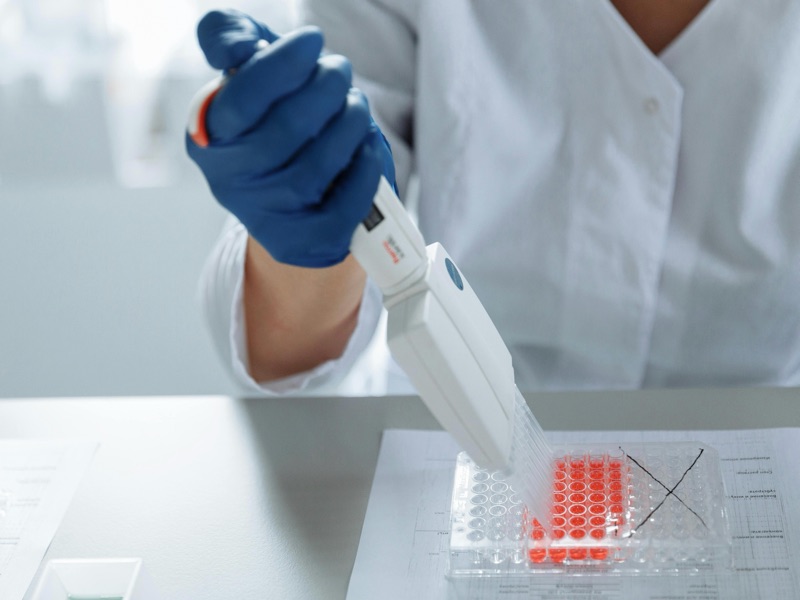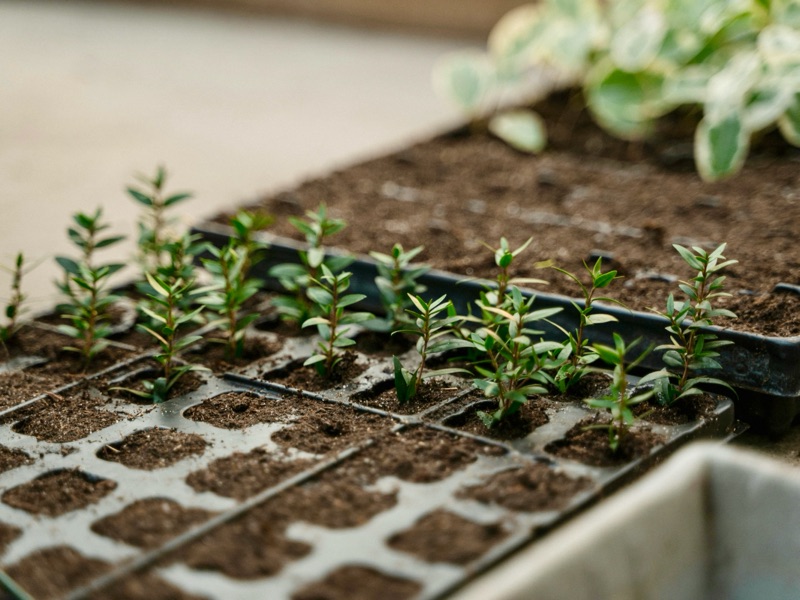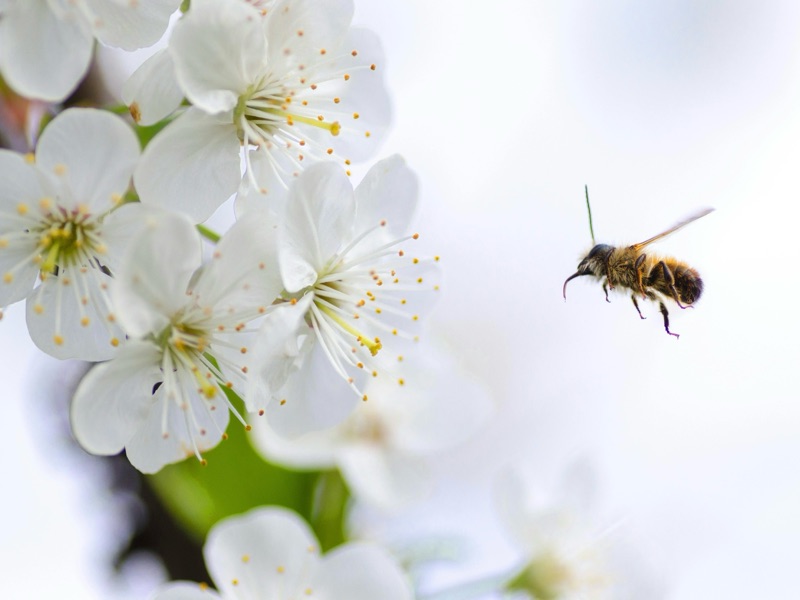Imagine if everything we’ve ever known — every plant, every animal, every gene — was stored in one place… and then that place was gone.
It’s not just science fiction. Asteroid strikes, supervolcanoes, nuclear wars, climate collapse, synthetic pandemics — any of these could irreversibly damage life on Earth. And so, increasingly, scientists and futurists are turning their eyes not just to survival, but to resilience — by backing up Earth’s genetic code. That means spreading life — crops, seeds, animals, even humans — across space and storing them securely here on Earth.
This isn’t just a bold vision of humanity’s future; it’s a necessary one. But it’s also incredibly hard. Let’s dive into why it’s important, what stands in our way, and what’s already being done to preserve the essence of life on Earth.

Why Backing Up Life Matters
At its core, backing up life means creating redundant systems for biodiversity — just like you’d back up a computer hard drive. The goal is simple: if Earth suffers a catastrophic event, life can still go on elsewhere.
This isn’t just about saving humans. It’s about preserving the entire library of life — the genetic blueprints of plants, microbes, insects, and animals that make ecosystems work and keep us alive.
Why this matters:
- Biodiversity loss is accelerating. We’re losing species before we even discover them.
- Monoculture farming makes us vulnerable to crop disease.
- Climate change could wipe out entire regions of viable agriculture.
- Global disasters, while rare, could reset the evolutionary clock.
To counter this, we need both planetary backups and off-planet resilience.
Space: The Ultimate Backup Drive
Sending seeds, DNA, or even humans to space isn’t a new idea — but it’s becoming more urgent.
Space-based genetic backup has two primary forms:
- Passive Storage: Genetic libraries preserved on the Moon, Mars, or in orbit.
- Active Colonization: Sending life to thrive in other worlds.
Both come with massive, intertwined challenges.

Challenges of Spreading Life Through Space
Relativistic Time & Evolution Drift
Travel at high speeds — close to light speed — and you experience time dilation. A journey that seems short to astronauts might take centuries from Earth’s perspective. Colonists could return to find a completely changed Earth… or no Earth at all.
Also, life in space — exposed to different gravity, radiation, and isolation — would evolve separately. After just a few generations, humans or microbes on a Mars colony might be genetically distinct. Eventually, they might not even be able to reproduce with Earth life anymore.
This has pros and cons: it creates resilience through diversity, but it may also fracture humanity and species compatibility.
Low/High Gravity Challenges
- Low gravity (like on Mars or in spacecraft) weakens bones, muscles, and possibly even reproductive systems. Human embryos may struggle to develop normally.
- High gravity (on super-Earths) could crush life forms not adapted to it.
- Many crops rely on Earth-like gravitational cycles — how will pollination or root growth change in altered gravity?
Artificial gravity (via rotation) might help, but it’s costly and unproven at scale.
Radiation and the Need for a Magnetosphere
Earth is protected by its magnetosphere, shielding us from solar and cosmic radiation.
- Mars, the Moon, and most exoplanets lack this shield.
- Constant radiation exposure damages DNA, increases cancer risk, and disrupts reproduction.
- For long journeys, space radiation remains one of the greatest unsolved engineering problems.
Potential solutions include:
- Thick shielding (like regolith-based habitats)
- Subsurface living
- Radiation-hardened genetics (via CRISPR or synthetic biology)

Communication Lag and Isolation
Even nearby Mars experiences a 4–24 minute communication delay with Earth. For farther systems (like Proxima Centauri b), messages could take over 4 years one way.
This turns colonies into isolated civilizations, unable to call for help in time. Knowledge exchange slows. Governance gets complicated. And psychologically, the loneliness could be extreme.
Logistics, Sustainability & Ecosystem Fragility
Building a sustainable life-support system in space is like trying to grow a rainforest in a vending machine. Every element — microbes, nutrients, oxygen cycles — must be balanced perfectly.
It’s not just seeds we need to send. It’s bees, bacteria, fungi, and even viruses. An entire miniature Earth must travel with us.
Earth-Based Backups: Our First Line of Defense
While space is the ultimate off-site backup, we also need local redundancy. That means protecting our genetic code on Earth — now.
Examples already in progress:
- Svalbard Global Seed Vault: A secure facility in the Arctic holding ~1 million seed samples. Designed to withstand natural disasters and nuclear war.
- Global Crop Diversity Trust: Coordinates with genebanks across the globe to preserve agricultural heritage.
- Biobanks and Cryogenic Repositories: Store DNA, gametes, and even entire embryos for animals and humans.
- Underground bunkers and Arctic biobanks: Planned or built in Iceland, Canada, and Antarctica for long-term cryogenic storage.

What More Can Be Done?
We’re just scratching the surface of what’s possible.
On Earth:
- Expand biobank networks to include more wild species, not just crops.
- Decentralize storage locations to avoid single points of failure.
- Store backups in different environments — cold, dry, underground, underwater.
In Space:
- Send genetic samples to lunar or Martian storage vaults.
- Develop closed-loop ecosystems in orbit to trial life support.
- Begin interstellar genetic dispersal, sending seeds and DNA aboard robotic craft to nearby star systems.
- Terraform in reverse: prepare environments where life might one day adapt or survive.
You Can Help:
- Support open-source biodiversity projects.
- Protect and restore ecosystems — the real-time backup system of Earth.
- Educate others on the importance of genetic resilience.
- Advocate for funding in space bio-preservation and environmental protection.
Final Thoughts: One Species, Many Futures
Backing up Earth’s genetic code isn’t about giving up on Earth — it’s about not putting all our biological eggs in one planetary basket.
Whether it’s a crop vault in Norway, a DNA library on the Moon, or a future forest blooming under a red alien sun, the idea is the same: life deserves a chance to endure.
To survive, we must multiply. To thrive, we must spread. To protect life, we must think beyond one planet, one generation, one future.